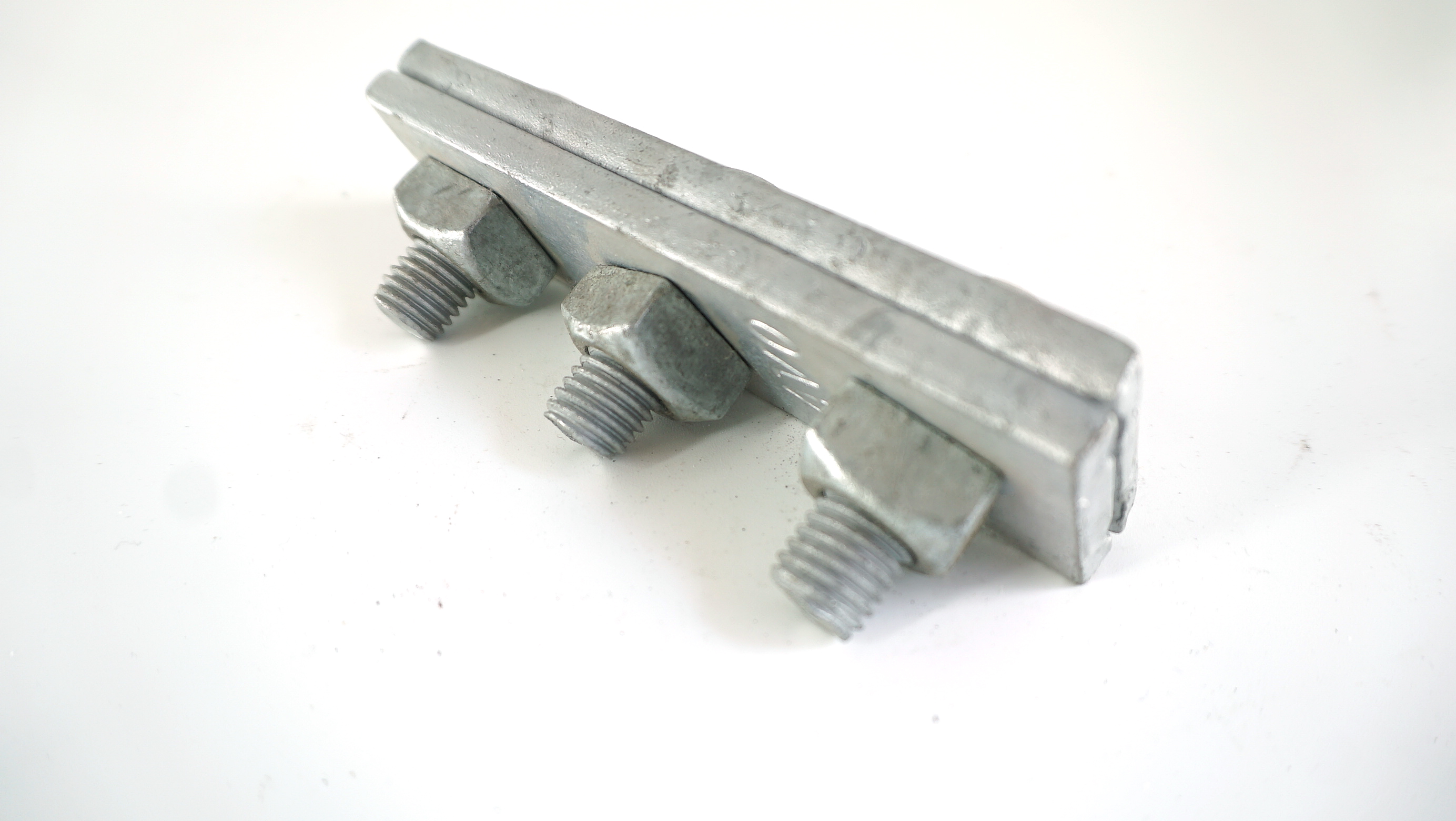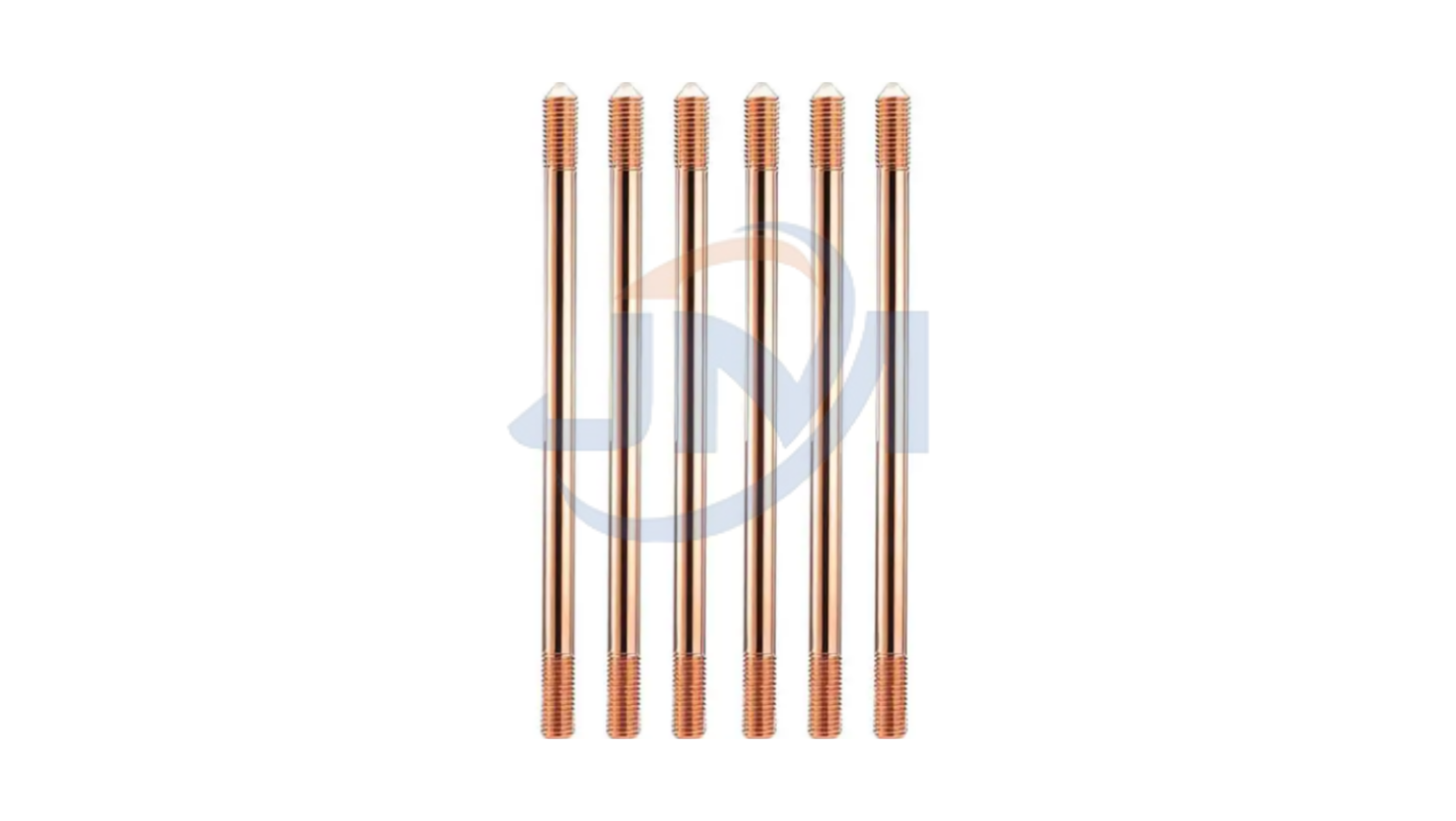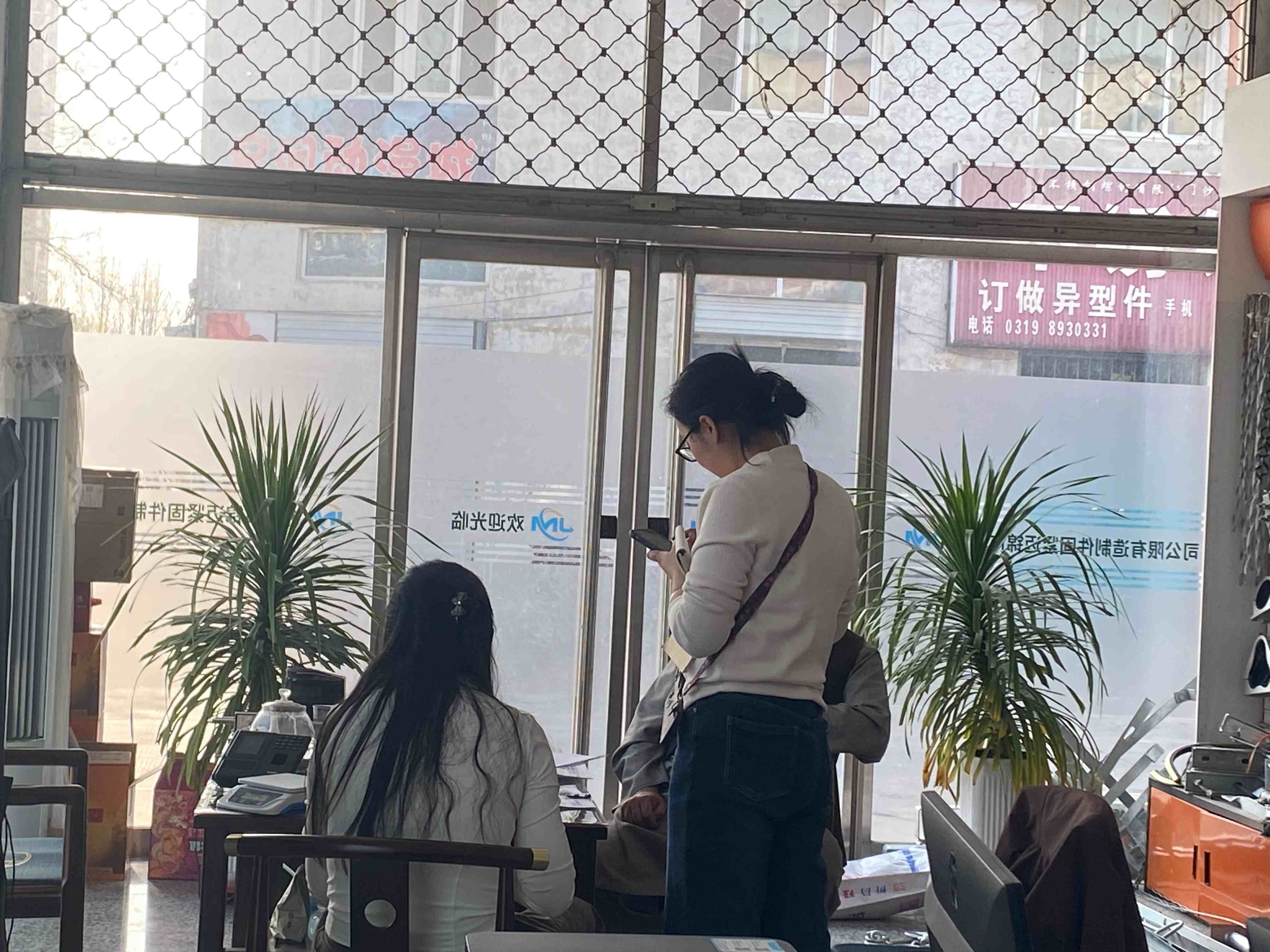Welcome to Handan Jinmai Power Line Accessories Manufacturing Co., Ltd.
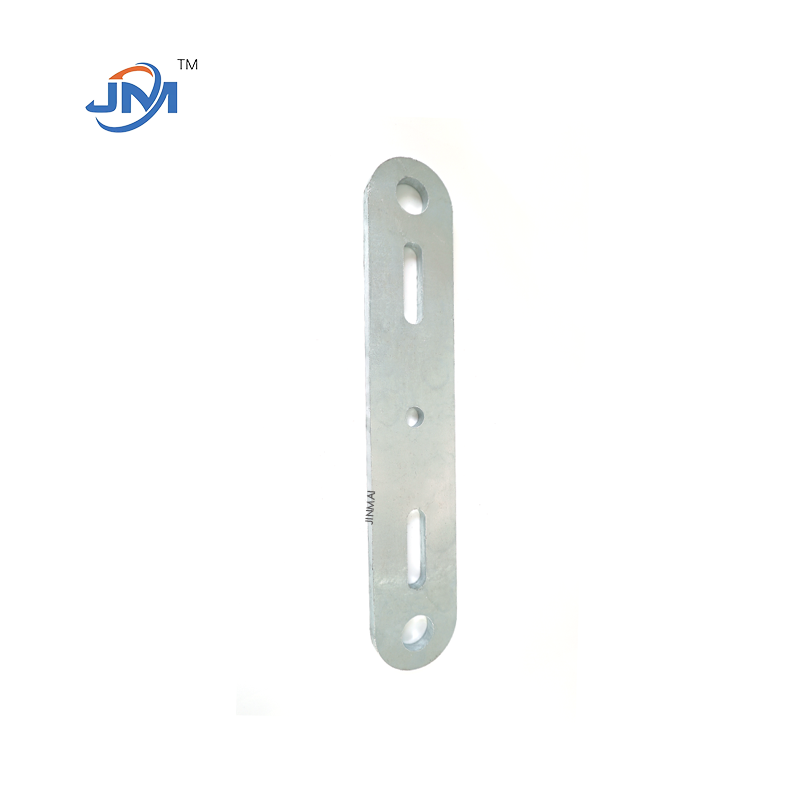
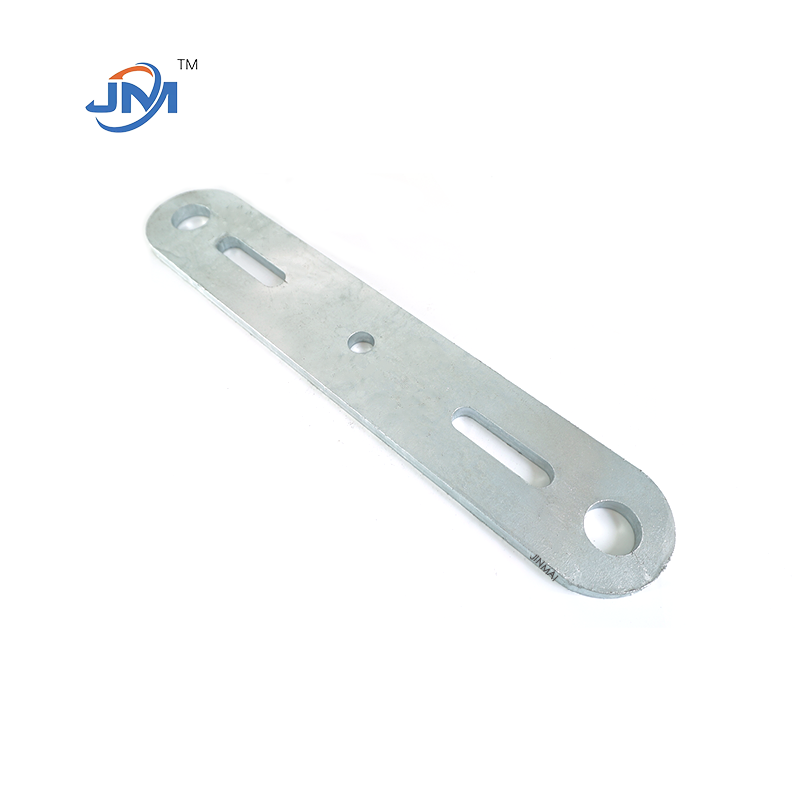
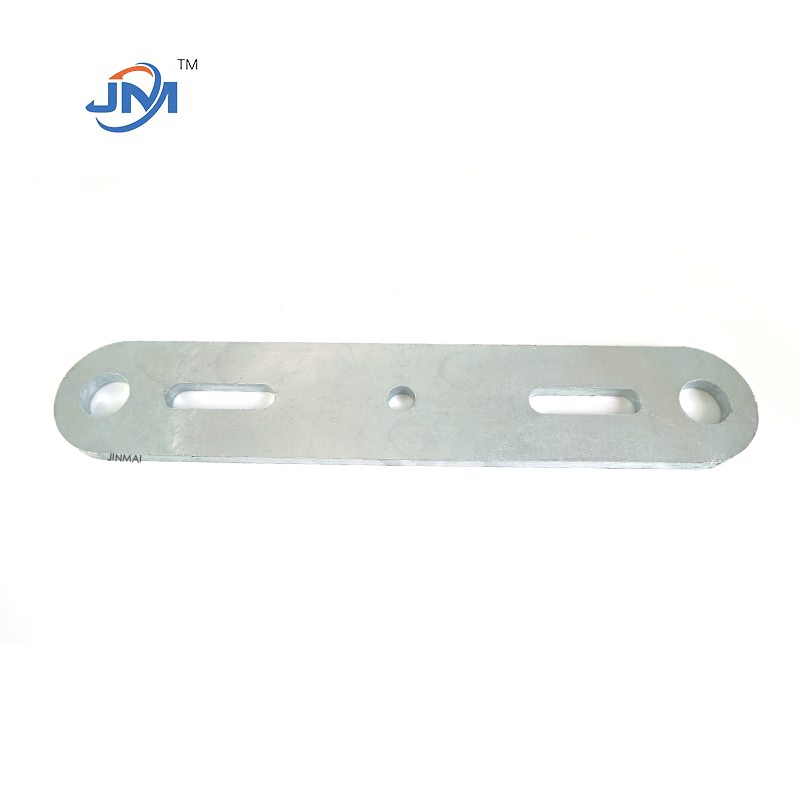
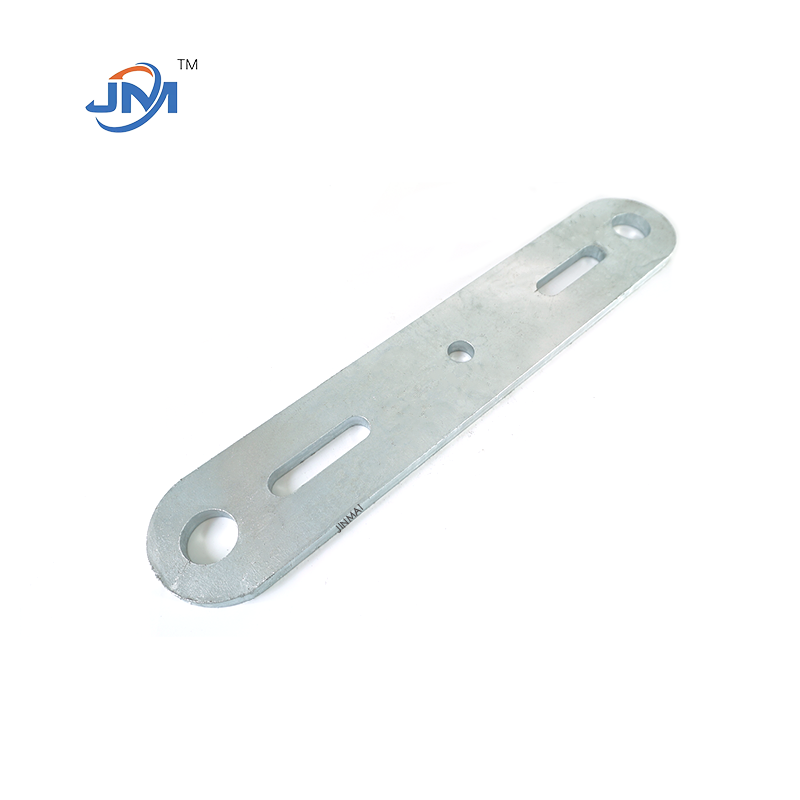
Cross arm link Yoke plate
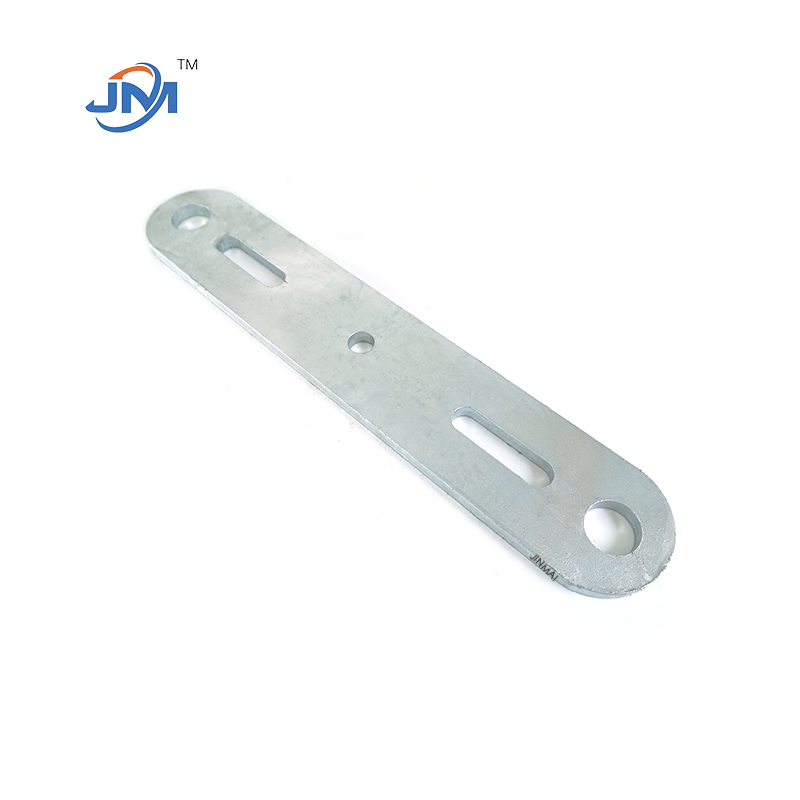 Yoke plates are high-strength metal plates (usually steel) with multiple holes, playing a vital role in power systems. Known as the "Swiss Army Knife" or "multifunctional connection hub" of power fittings, their core function is to efficiently and reliably collect and distribute mechanical loads and enable flexible connections between different components. As shown in the image, a single steel plate is stamped with different holes, allowing it to be connected to different locations and products.
Yoke plates are high-strength metal plates (usually steel) with multiple holes, playing a vital role in power systems. Known as the "Swiss Army Knife" or "multifunctional connection hub" of power fittings, their core function is to efficiently and reliably collect and distribute mechanical loads and enable flexible connections between different components. As shown in the image, a single steel plate is stamped with different holes, allowing it to be connected to different locations and products.
Main Types
*Double Yoke Plate: This is the most common type in power systems, used to connect two strings of insulators, forming a double suspension string or double tension string. Typically a rectangular or oval steel plate, it has holes at both ends for connecting insulators and a center hole for connecting conductors or U-shaped hooks. It is primarily used in high-voltage lines.
*Triple Yoke Plates & Quadruple Yoke Plates: Primarily used to connect three or four strings of insulators, they are used in applications with extremely high mechanical load requirements, primarily in ±800kV UHVDC lines and 1000kV UHVAC lines. *Pull plate (or conductor tie plate): A specialized tie plate, typically connected directly to the tension clamp, used to transfer conductor tension to the tension insulator string. It typically features multiple holes for balancing and distributing tension.
*Jumper tie plates: Used on non-straight towers (such as tension towers and corner towers), they support and secure jumpers (conductors that bypass the insulator string), maintaining a safe distance from the tower.
Manufacturing and Materials
Manufacturing Process: Typically constructed from high-strength alloy steel plates through stamping, forging, or casting, followed by precision machining (such as drilling) to ensure dimensional accuracy.
Material: Commonly used are Q235, Q345 (Chinese standard), or similar high-strength steel grades. The surface must be hot-dip galvanized to provide long-term corrosion protection and withstand harsh atmospheric conditions.
